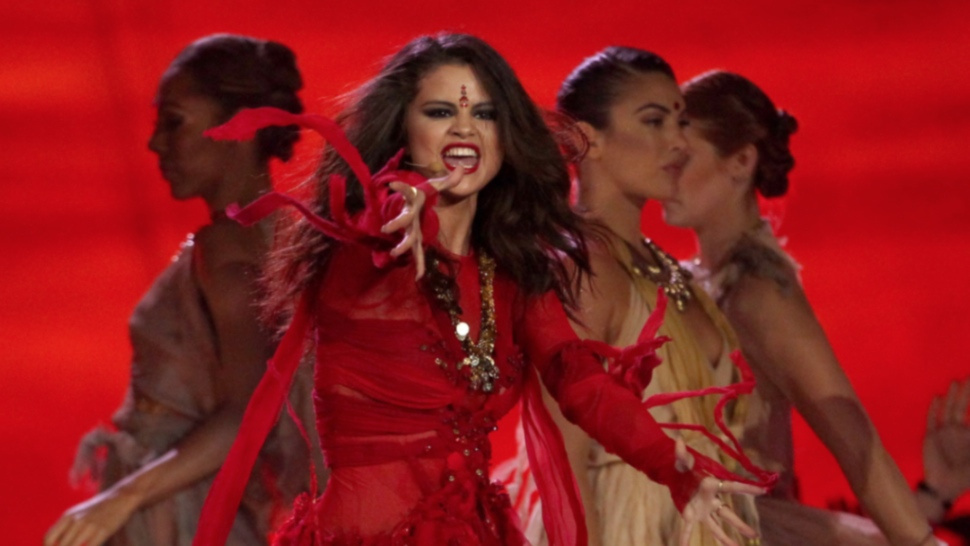Culturally Appropriate or Cultural Appropriation? A Few Thoughts
by Priya Chhaya
In early April, pop star Selena Gomez incited media buzz when she appeared in public wearing a bindi. She is not the first celebrity to wear something Indian, but I have to ask:
Should I feel offended that someone has chosen to appropriate a piece of Indian cultural identity for entertainment? Or is it another sign of how elements of my heritage have trickled into the American subconscious? If she “meant well,” is it OK? Or is it never OK for someone who is not Indian to wear such a symbol without preserving its meaning? And, at what point does something go from being culturally appropriate to cultural appropriation?

Let’s consider three scenarios.
Scenario 1: So You Think You Can Dance contestants perform a Bollywood-style dance number. The performance includes elements of hip-hop and classical Indian styles.
Scenario 2: Selena Gomez hires a composer to add tabla and sitar to a song to give it a strong beat. She attends performances wearing Indian clothing, and composes a video that includes elements of Indian dancing.
Scenario 3: Akon, an American hip-hop artist is asked by a Bollywood producer to sing on a major Bollywood movie track. That song, Chammak Challo, becomes a global hit, with the hip-hop artist singing all the Hindi lyrics himself.
As I consider these scenarios, I realize: it’s complicated.
So You Think You Can Dance performances include forms from many cultures. Here, dance is like a language — without boundaries, with different dialects but easily understandable as a form of expression. I consider this to be culturally appropriate because the compositions and choreography pays due respect to the dance forms as a form of expression-without reducing its origins to a stereotype.
Chammak Challo is a little grayer. On one hand, its melds two musical forms from two different countries, but he’s a non-native speaker singing in Hindi. As a publicity/marketing piece for Ra.One, it worked really well but there is a potential for misunderstanding—did he understand what he was singing, or was it a form of mimicry? I think it was culturally appropriate, because while he was singing in a foreign language, he didn’t try and change his image or try to fit his persona into what someone-singing-in-Hindi should look like.
Which brings me back to Selena Gomez. The song has a catchy hook, but the music video places the tabla players with turbans around a fire in a desert and her dancers perform the stereotypical snake-charmer head movement that has come to represent Indian dancing. This seems like appropriation to me because it reinforces age-old stereotypes of exoticisms and the “other.” This re-enforcement continues through her attire and performances where she tried to ‘become’ Indian in a way that rings false.
Today, Indians and Indian-Americans defy stereotypes. We are authors, congressional representatives, and CEO’s of major American corporations, and I still get excited when I see barriers being broken in the entertainment industry such as Mindy Kaling on the Mindy Project or Amitabh Bachchan in the Great Gatsby. As such, Indians and India should not been seen or presented through one specific lens or a single caricature.
What do you think?


[…] story was origionally posted on the Indian American Story the blog for the Smithsonian’s Indian-American Heritage […]
[…] Culturally Appropriate or Cultural Appropriation? A Few Thoughts […]